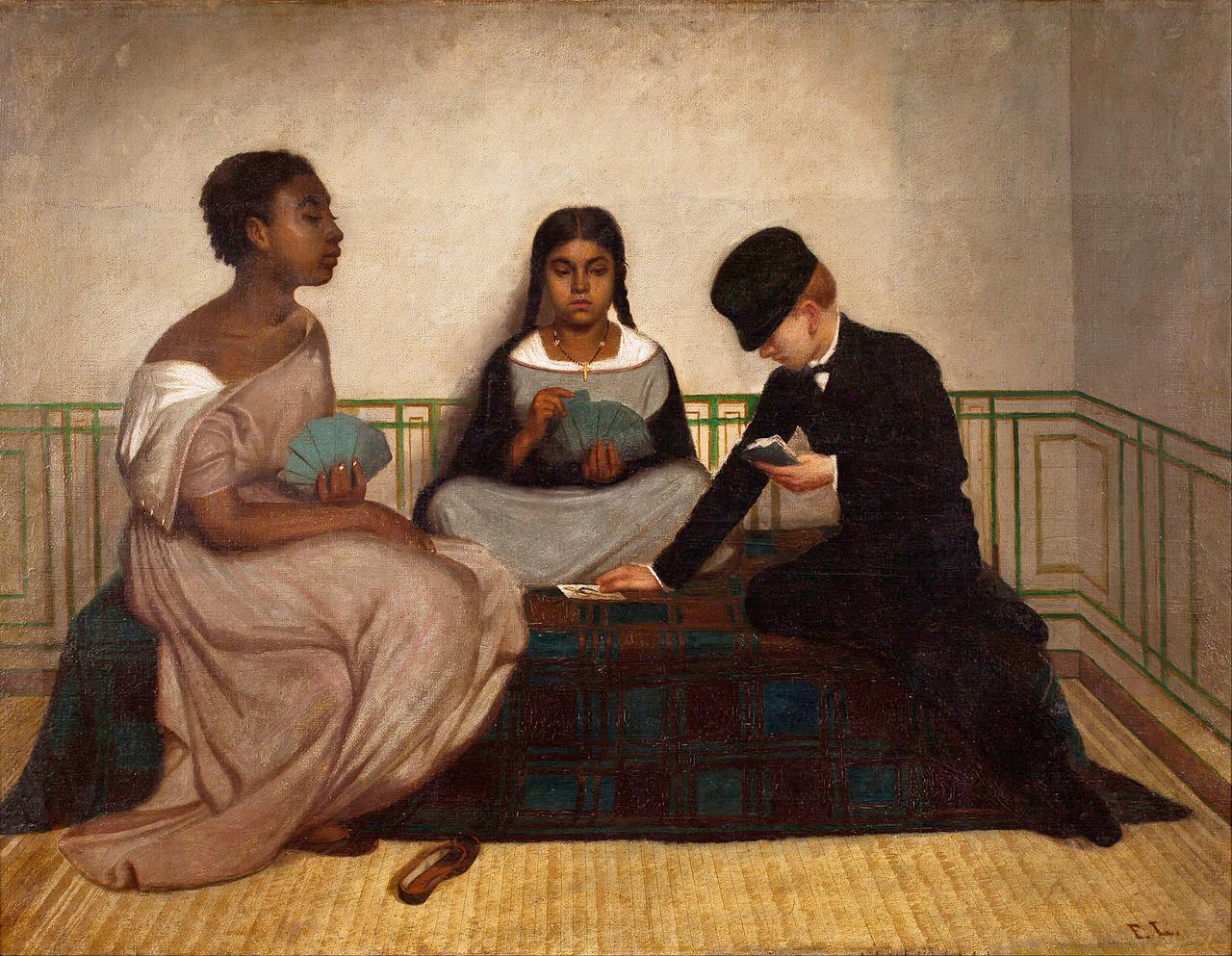 Figure 1.--Peruvian artist Francisco Laso pauinted this genre work after coming back from Europe (1859). He untitled it as 'The Three Races or Equality before the Law'. It was an early work tiouching on racism and the beginning of indigenismo. |

|
José Francisco Domingo Laso de la Vega y de los Ríos was born in Tacna, located in southern Peru (1823). He is a Peruvian painter and politician. He was best known for his art work. At the time he was best known for portraits. He was influenced by the French romantic tradition and today is seen as one of the founder of indigenismo movement. This is a political movement which focuses on indigenous peoples and their history. The artistic movement is to depict the indigenous people. Francisco was born into an aristocratic Peruvian colonial family. Francisco was the sin of Benito Laso one of Peru's founding fathers -- meaning he played an important role in the war of independence from Spain. Peru was the strongest center of Spanish royalist support. The last major battle of the Latin American Wars of independence was fought there--the battle of Ayacucho (1824). His father would become a minister in the government of the new Peruvian republic. Francisco's mother Juana was the sister of the Marquis de Villahermosa de San José. She died when Francisco was only 7 years old. His father moved the family to Arequipa (1830). His father remarried there the following year (1831). Francisco attended the public schools in Arequipa. His father wanted him to study law which he began in Lima Francisco's heart was not in it. He desired to become an artist. He enrolled in the Academy of Drawing and Painting. There he studied with another Peruvian artist, Francisco Javier Cortés. The Director, Ignacio Merino, recognized raw talent and recommended that Laso study in Europe. Fortunately the family had the money to make this possible. It is important to note that beyond Mexico and Central America and the Caribbean that the United States had only limited commercial and cultural contacts with Latin America. The countries in South America were primarily oriented toward Europe. There is a tendency to blame the region's problems on the United States, even though until World War II, the United States had only limited involvement in the region. Latin Americans like Laso who wanted to pursue advanced studies in art and other subjects went to Europe, not the United States. Laso headed of course for France and arrived in Paris (1843). He was taken in by Swiss artist Charles Gleyre who maintained a studio. After 4 years with Gleyre he went to Italy to study the work of the great masters, spending time in Rome, Florence, and Venice. Titian and Paolo Veronese in particular moved him. After 6 years he returned to Lima where he opened a studio of his own (1849). He began traveling in Peru, both the arid coast ad the Sierra (mountainous) area where Peru's indigenous population is found. The other major zone is the largely unpopulated Oriente (Amazonian area). He began painting genre works depicted every day life. Until this time he was mostly doing portraits. After 2 years back in Peru, he decided on another trip to Europe, apparently testing the market fir his Peruvian genre work (1851). He received a grant from the Peruvian Government for this second trip. He renewed his association with Gleyre. He exhibiting at the Great Exhibition in London (1851). He stayed in Europe (9Britain and France for 4 years, returning tom Peru (1855). He settled back in Arequipa. The Catholic Bishop there, José Sebastián de Goyeneche y Barreda, asked him to paint some religious works. He worked on this portrait as well as some portrait commissions. He married (1863) and made a third trip to Europe, his one for 3 years.Upon returning home, he participated in the Battle of Callao, part of the Chincha Islands War with Spain--one of the lesser known wars, serving as a firefighter (1866). Laso was elected to the Congreso Constituyente (1867). Once becoming a politician, he was attacked by critics, charging that the Government grants that financed his trips to Europe were graft. Laso responded by donating three paintings to the Government. Lima was struck with with a yellow fever epidemic (1868). Laso joined with the Red Cross in an eradication campaign. He contacted the disease (1869). He was treated at a mountain sanatorium near San Mateo, but died that. American doctor, William Gorgas, eradicated yellow fever in Panama, allowing workers to complete the Panama Canal. This provided the methods that other Latin American countries like Peru could use to deal with the disease.
Navigate the HBC Art pages:
[Main Latin American art page]
[Chronology][Country][Individual Artists][Styles]
Navigate related Boys' Historical Clothing Web Site pages:
[Main style page]
[Hair styles][Collar bows][Dresses][Kilt suits][Kilts]
[Fauntleroy suits][Fauntleroy dresses][Sailor dresses][Pinafores][Smocks]
